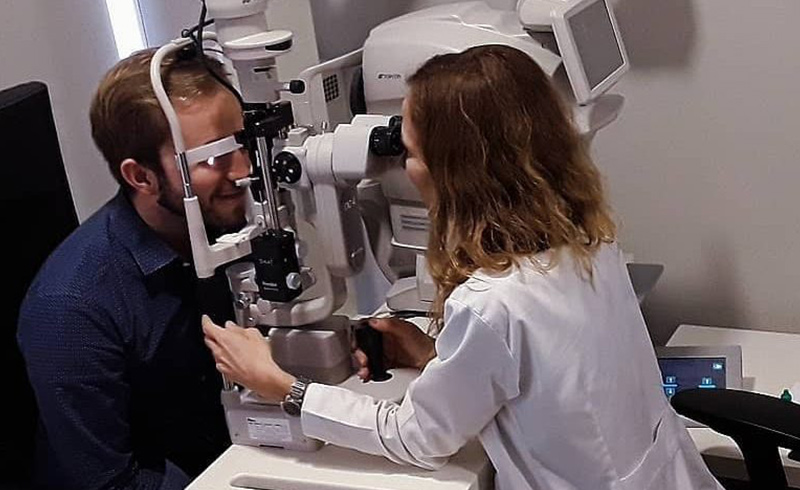
Diabetes is a common long-term medical condition people get due to higher sugar intake. Thirst, urination, and appetite are three alarming factors that generally increase as a sign of this disease. The increasing sugar levels in the blood can affect other organs of the body, creating problematic situations. When it comes to optics, diabetic retinopathy is one such issue that distorts vision due to increased blood sugar levels. This article will further discuss understanding diabetic retinopathy for your reference.
What Is Diabetic Retinopathy?
Diabetic retinopathy is an eye condition that occurs due to diabetes. It can result in vision impairments or even blindness due to increased blood sugar levels. The risk of developing the problem can increase with age and uncontrolled diabetic conditions.
Background retinopathy, diabetic maculopathy, and proliferative retinopathy are the three types of diabetic retinopathy conditions. Generally, the symptoms of the disease may not be visible during the initial stages. However, the following noticeable signs may occur after a considerable progression.
- Blurred vision
- Floaters and spots
- Eye pain
- Double vision
- Impaired color vision
- Poor night vision
The Link With Blood Glucose Levels
The retina is located near your eye’s optic nerve and is a thin layer of tissue in the back of the eye inside. It receives the focus light, converts them into neuro signals, and sends it to the brain for visual recognition.
Having too much sugar in the blood can damage the blood vessels, including the retina. The tiny vessels that carry blood to the retina can get blocked, causing them to leak or bleed. The problem can also start growing abnormal vessels in the eye.
The eye can also collect fluid in people with diabetes for more extended periods. The accumulation can change the shape and curve of the eye lens, causing vision distortions.
The macula is a part of the retina, and the swelling can affect a person’s central vision. The advanced stages of diabetic retinopathy can cause a rapid loss of vision. It can also extend to retinal detachment, which can cause irreversible vision loss if left promptly untreated.
Neovascular glaucoma is another condition caused by advanced stages of diabetic retinopathy. Here, abnormal blood vessels grow out of the retina and block the eye’s fluid-draining mechanism. This can elevate the eye pressure and cause a type of glaucoma condition that can lead to vision loss.
Treatment And Prevention
Managing the blood sugar level is the only way to avoid the situation. You can change your diet and start exercising to keep your diabetes under controlled levels.
Injections, laser treatments, and surgeries are involved with treating the condition. Once you visit the eye hospital, your eye specialist will recommend you with the most suitable option to treat your disorder.
Comprehensive dilated eye exams are essential to monitor the eye condition and prevent unfortunate situations like vision loss. Hence it is crucial to visit your eye clinic every 2-4 months to track your eye status.
If you experience a vision change or take medicine for diabetes, visit Spanish Eye Clinic for an eye examination. This will help diagnose the condition early and provide viable treatment methods before worsening the situation. Contact us now for your next eye appointment and get a consultation from a world-class eye specialist for optimal treatments.

